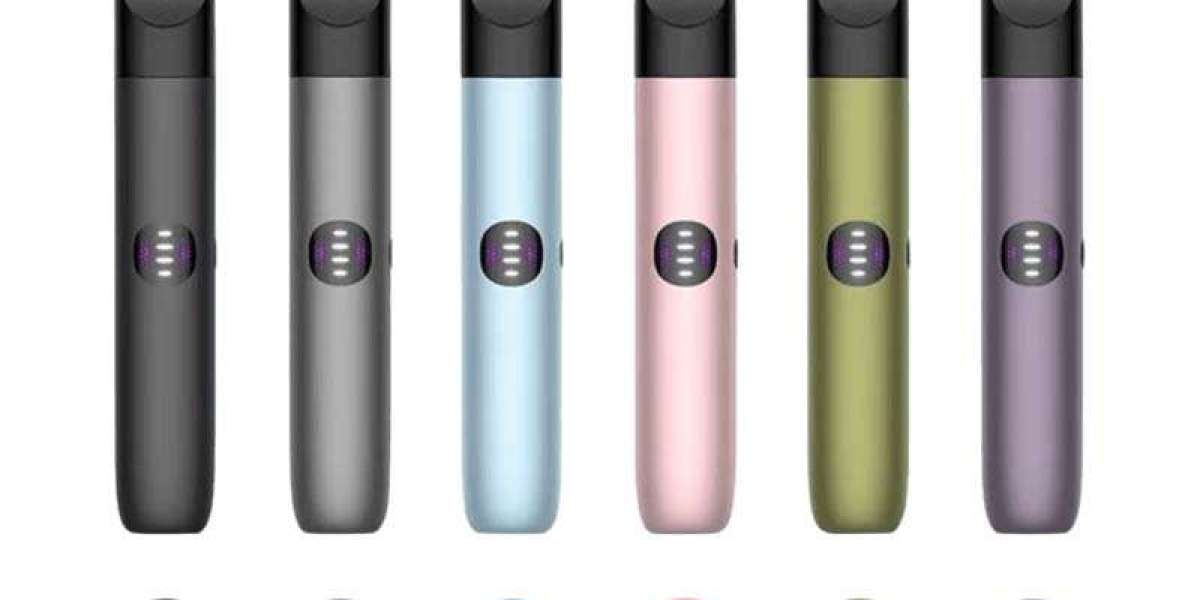In the world of printing, wax ribbons play a crucial role in achieving high-quality results. But what exactly are wax ribbons, and how do they contribute to superior printing? This article delves into the science behind these essential printing supplies, providing insights into their composition, functionality, and applications.
Understanding Wax Ribbons
Wax ribbons are a type of thermal transfer ribbon made primarily from a wax-based material. They are designed to transfer ink onto various substrates when heat is applied. This process is essential for creating durable and high-resolution prints. The composition of wax ribbons typically includes:
- Wax: Provides the primary ink component, ensuring smooth transfer.
- Resins: Enhance durability and adhesion to different materials.
- Additives: Improve performance characteristics such as scratch resistance and print quality.
When heated, the wax melts and adheres to the substrate, resulting in clear and vibrant prints. This technology is widely used in industries ranging from retail to healthcare.
Benefits of Using Wax Ribbons
Why should businesses consider using wax ribbons? The advantages are numerous:
- Cost-Effective: Wax ribbons are generally less expensive than other types of thermal transfer ribbons, making them an economical choice for high-volume printing.
- Versatility: They can be used on various materials, including paper, cardboard, and some synthetic substrates.
- High Print Quality: Wax ribbons produce sharp images and barcodes, essential for effective labeling and branding.
- Ease of Use: They are compatible with most thermal transfer printers, simplifying the printing process.
Applications of Wax Ribbons
The applications of wax ribbons are vast and varied. They are commonly used in:
- Labeling: Ideal for shipping labels, product labels, and barcode printing.
- Packaging: Used for printing on boxes and packaging materials.
- Healthcare: Essential for patient identification and medication labeling.
Given their versatility, businesses across different sectors can benefit from incorporating wax ribbons into their printing processes.
Choosing the Right Wax Ribbon
When selecting wax ribbons, it is essential to consider several factors:
- Printer Compatibility: Ensure the ribbon is compatible with your thermal transfer printer.
- Substrate Type: Choose a ribbon that works best with the materials you will be printing on.
- Print Quality Requirements: Assess the level of detail and durability needed for your prints.
For those looking for high-quality options, consider exploring  . This collection offers enhanced performance characteristics that can elevate your printing quality.
. This collection offers enhanced performance characteristics that can elevate your printing quality.
Conclusion
In summary, wax ribbons are an integral component of the thermal transfer printing process. Their unique composition and functionality allow for high-quality prints across various applications. By understanding the science behind wax ribbons, businesses can make informed decisions that enhance their printing capabilities and overall efficiency.








